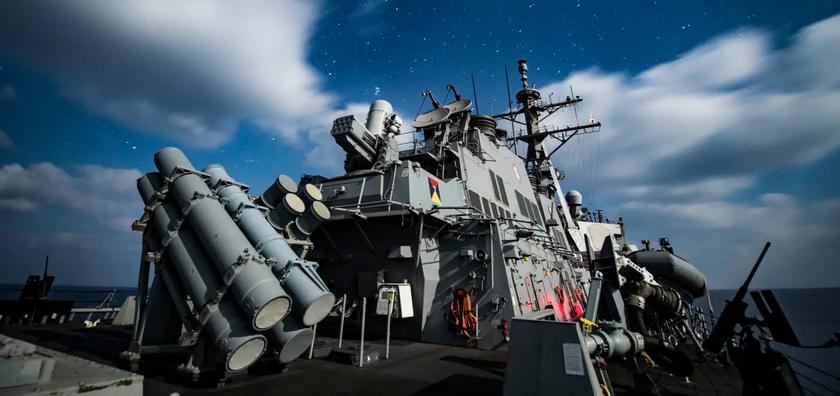
The US destroyer USS Carney used SM-2 interceptors to destroy three missiles and eight drones near Yemen
The day before, the US destroyer USS Carney (DDG 64) of the Arleigh Burke class used missiles to intercept air threats. At that time, a US Navy warship was near the coast of Yemen.
The US Department of Defense officially confirmed the incident, which was first reported by CNN. The Pentagon said that the USS Carney (DDG 64) shot down three missiles and several drones that were launched from Houthi controlled territory in Yemen.
According to new information, the Arleigh Burke-class destroyer used Standard Missile 2 (SM-2) interceptors to destroy airborne threats. It was a successful demonstration of the integrated air and missile defense architecture that the United States has built in the Middle East and is ready to use to protect its interests and partners. This was stated by Brigadier General Pat Ryder.

Three missiles and eight unmanned aerial vehicles were launched from western Yemen, which were successfully neutralized by the USS Arleigh Burke (DDG 64) destroyer over the Red Sea. It is reported that the ship was not in danger. It is possible that the target of the missiles and drones was not a US destroyer.
Pat Ryder said that the missiles were flying toward Israel. However, he did not disclose their type. The distance from the western part of Yemen to Israel is over 1600 km. This is the range limit for most existing cruise missiles.

The Houthis, who are supported by Iran, have repeatedly expressed a desire to fight against Israel. They have Iranian Quds cruise missiles and are trying to develop long-range strike capabilities.
As for the USS Carney (DDG 64), it is one of four guided-missile destroyers stationed at the Rota Naval Base in Spain. Two days ago, it passed through the Suez Canal from the Mediterranean to the Red Sea.

